-

Serial World Heritage Site “Arab-Norman Palermo and the Cathedrals of Cefalù and Monreale” is World Heritage Site.
July 3, 2015 the Unesco World Heritage Committee, meeting in Bonn, has entered the site in the World Heritage List with the following reasons: “All the buildings making up the Norman Arabic itinerary represent an outstanding universal value as an example of coexistence and interaction between different cultural components of different historical and geographical origin (cultural syncretism).This phenomenon has created original architecture, in which are admirably fused Byzantine, Islamic and Romanesque, able from time to time to occur in unique combinations, of exceptional artistic value and remarkably unique”.
-
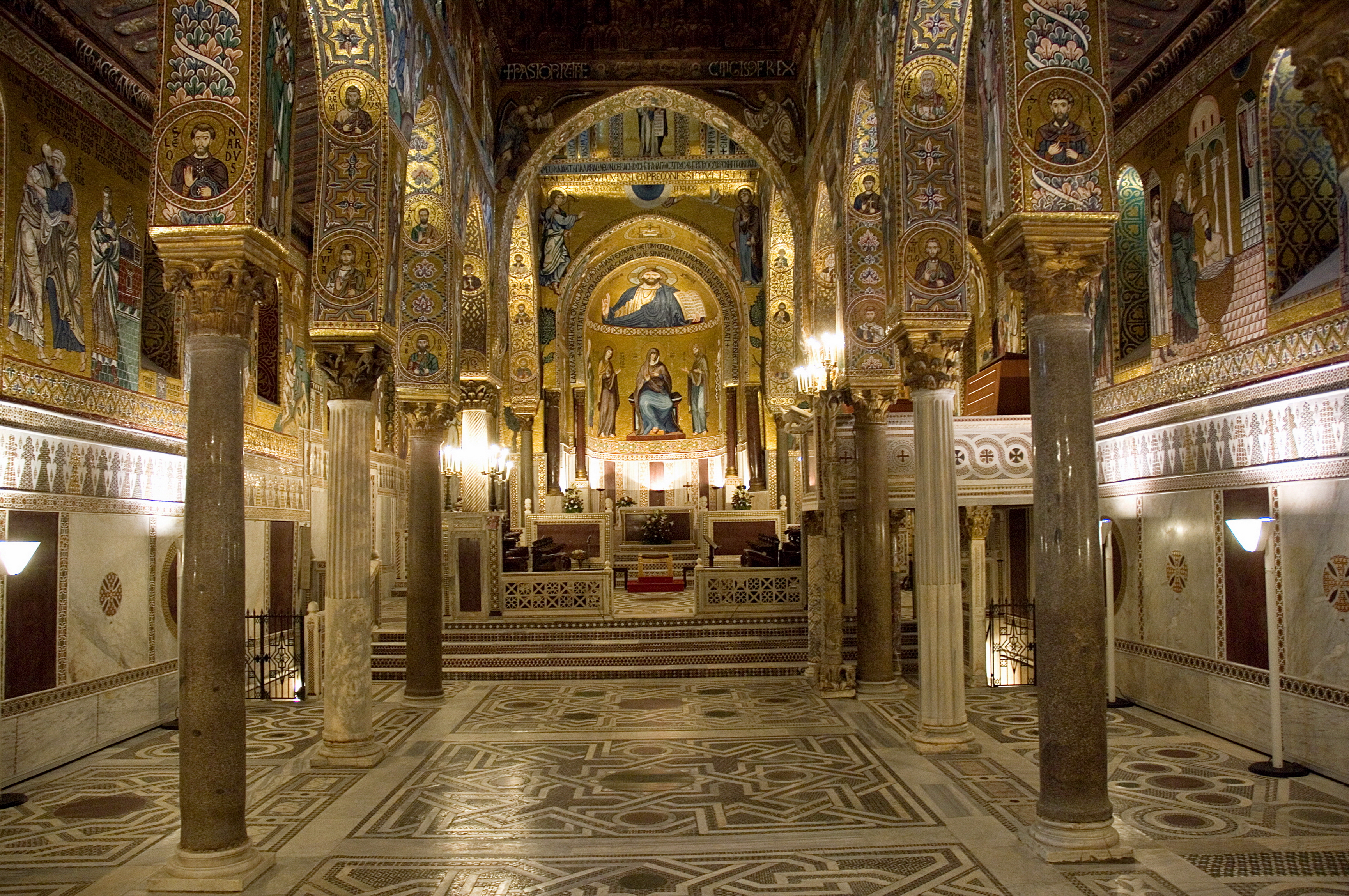
After his coronation in 1130, Roger II ordered the construction of the Chapel of Palace. It is an architectural and decorative encounter of different cultures and religions, with Byzantine, Islamic and Latin artists. The Church, dedicated to St. Peter the Apostle, has a design in wich Latin and Byzantine coexist, creating a unique architecture anhanced by mosaic decorations. The dome is dominated by an image of Christ Pantocrator, wich is repeated in the central apse. The oldest mosaics illustrate important episodes of the Gospels, in the aisles events from the life of St Peter and St Paul and scenes of the Old Testament.
-
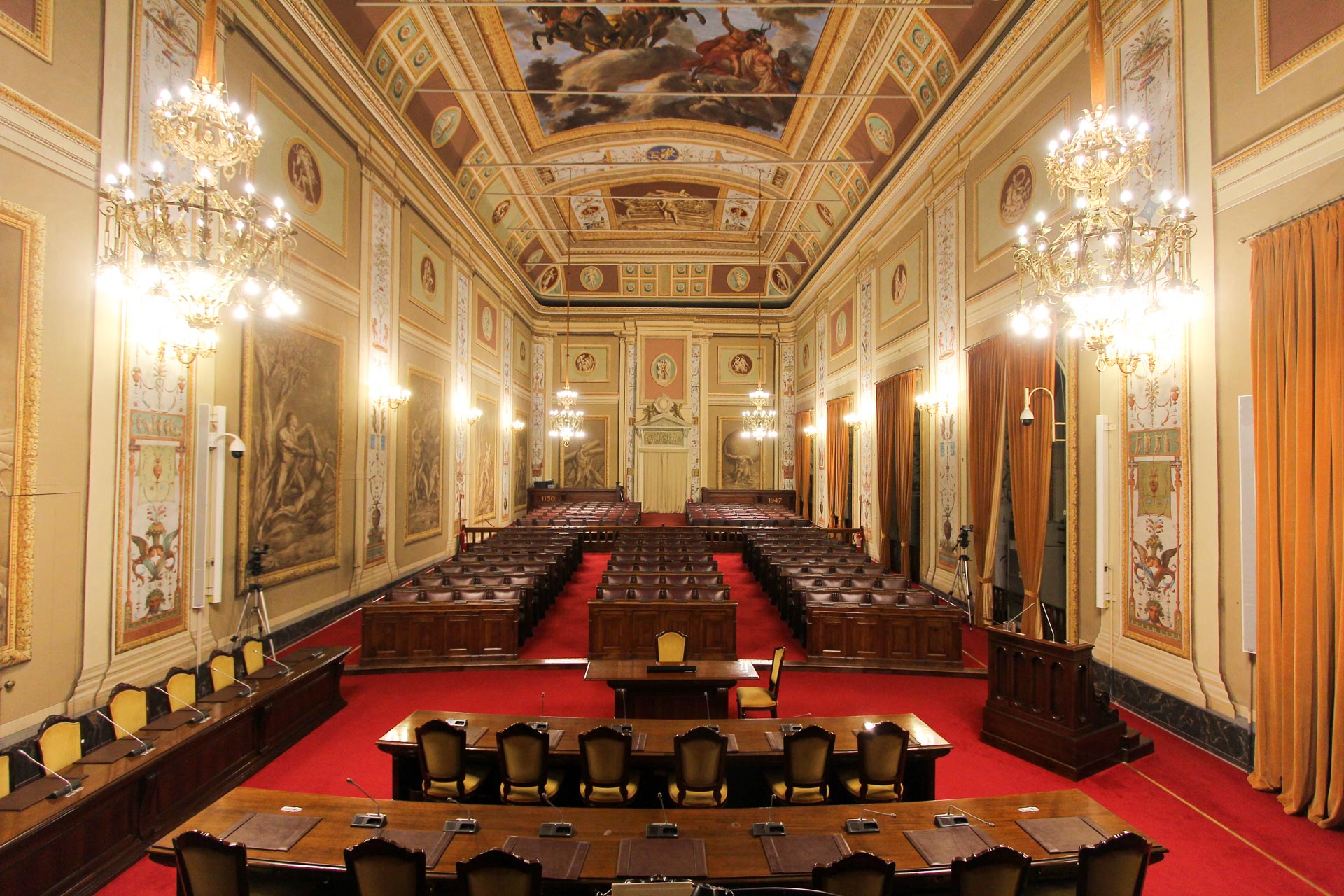
Hercules Hall
Since 1947, the Hercules Hall is the place where members of the Regional Assembly of Sicily gather. It takes its name from the series of paintings dedicated to the mythological Greek hero, and was completed in the early 19th century by Giuseppe Velasco (called Velasquez). The regional parliament (ARS) exercises legislative power provided by the Statute of Sicilian autonomy. It was the first Italian parliament and is one of the oldest in Europe.
-

Viceroy Hall
The hall is named by the 21 portraits posted on the walls and belonged to the viceroys, lieutenants and presidents of the Bourbon kingdom of Sicily. There were prominent personalities, among those depicted, as Domenico Caracciolo of Villamaina, that abolished the Inquisition in 1782 and Francesco D'Aquino Prince of Caramanico during whose mandate in 1790 it was established the astronomical observatory on the Pisana Tower of the Royal Palace.
-

Winds hall
This is one of the most picturesque rooms in the Royal Palace. Set in a medieval tower of the Arab-Norman nucleus, called Joharia, and in front of Roger Hall, it is now covered by an 18th century wooden ceiling in the center of which stands the rose of the winds.
-
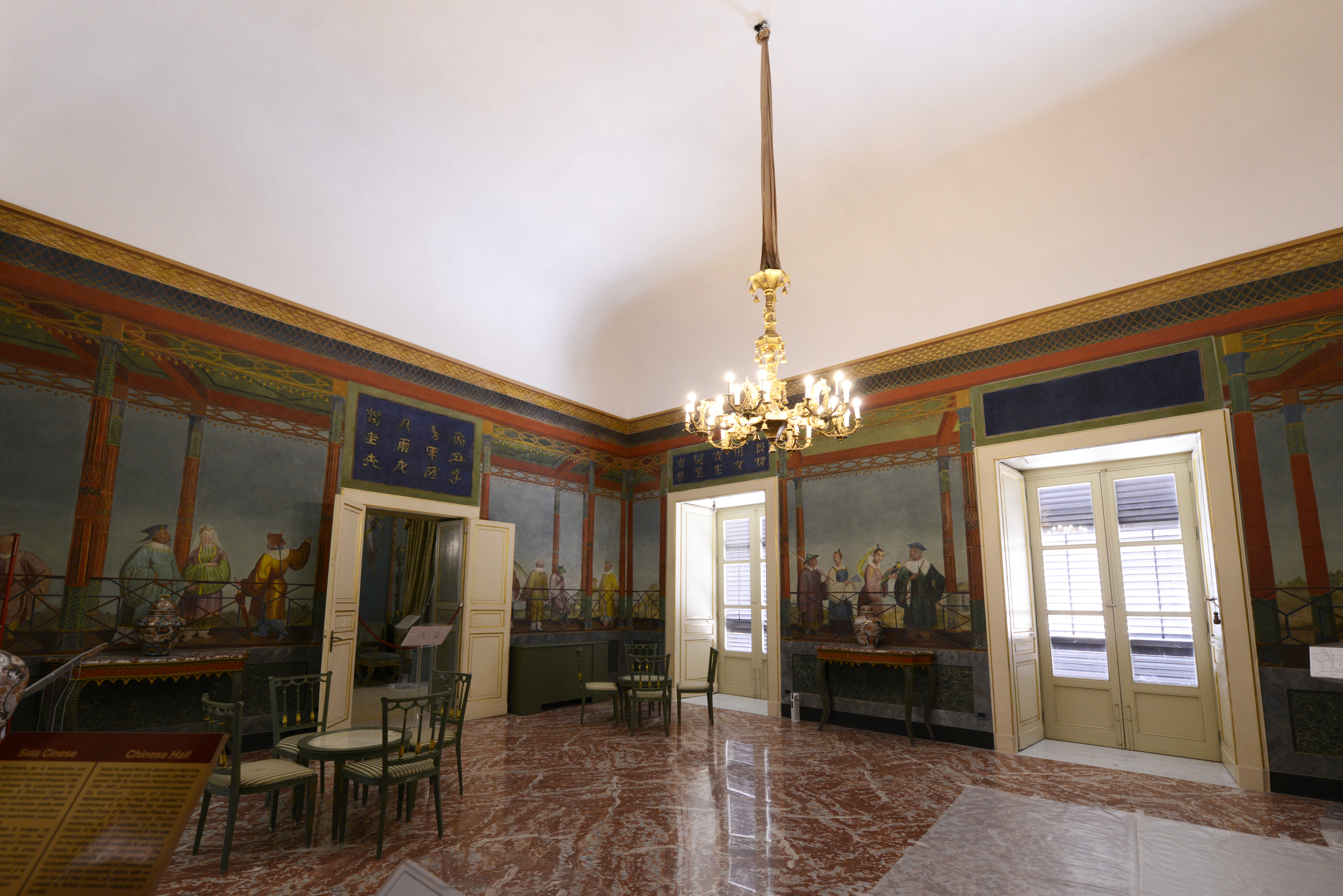
Chinese Hall
This site painted by Salvatore and Giovanni Patricolo, evokes the prevailing fashion in almost all the European courts between the eighteenth and nineteenth centuries, leading back to oriental topics able to show themes already existing in the Chinese Casina, located inside the Favorita Park.
In the room are painted men and women with Chinese clothes, with special attention to the Eastern world. Against the blue you can see some mountain landscapes.
-
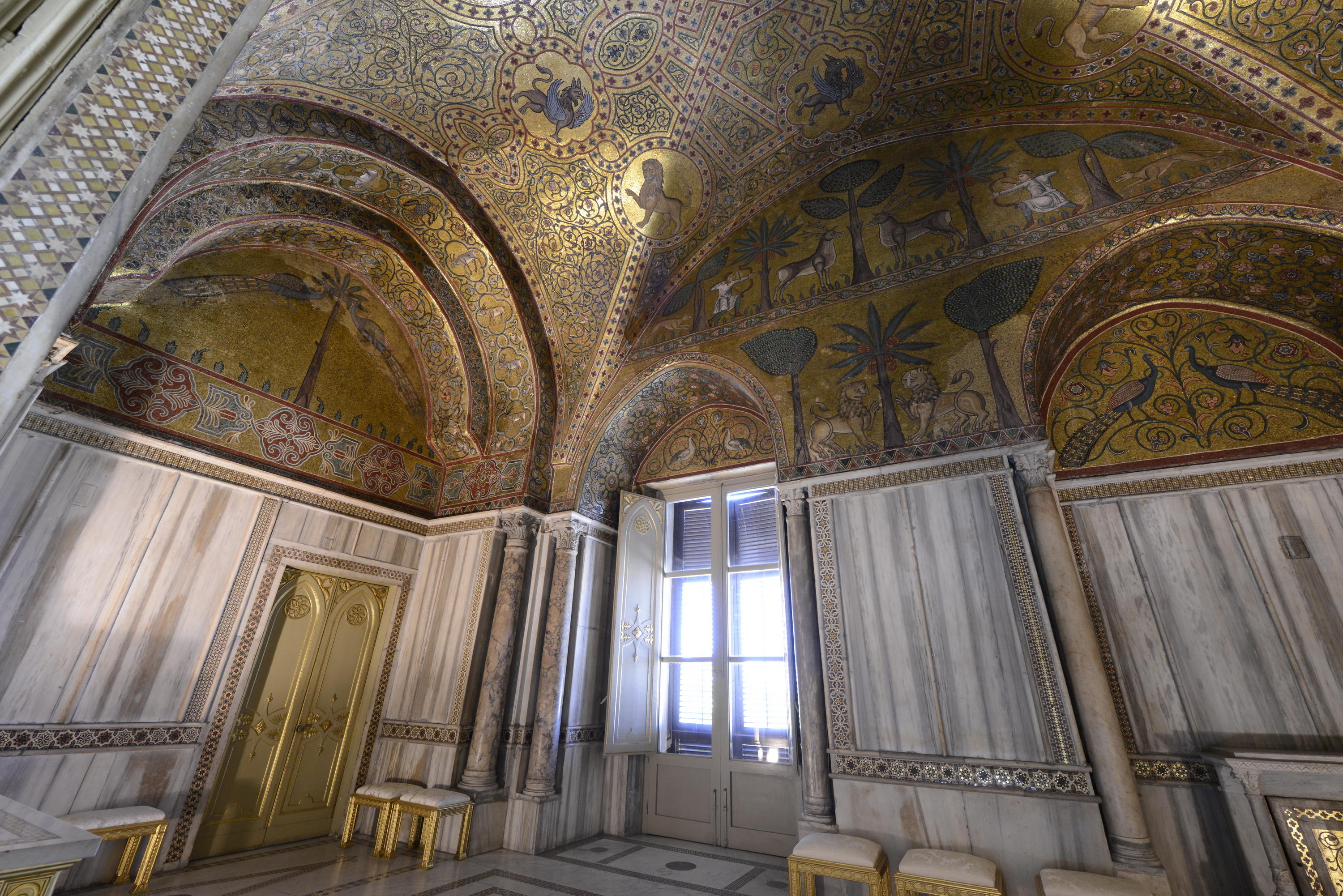
Roger Hall
This hall, is named for Roger II. The beautiful mosaic decorations were commissioned by his son, William I. The mosaics, of a secular nature, represent a unique depiction of phytomorphic, zoomorphic and anthropomorphic elements (hunting scenes and allegorical emblems of the Norman power). Everything points to assume the presence of issues dear to the Norman kings and a symbolic narration of Genoardo, garden-paradise of Islamic tradition.
-
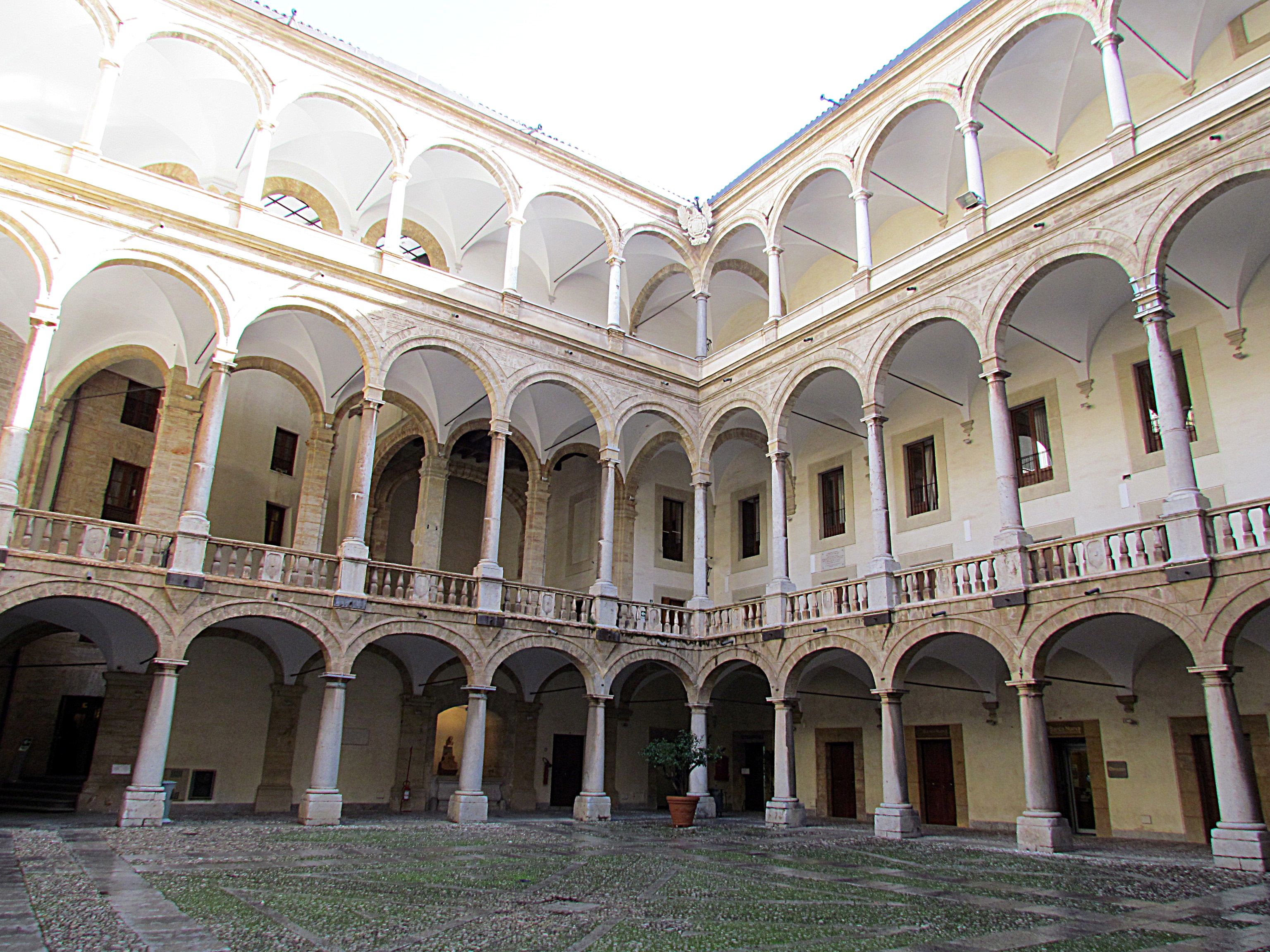
Maqueda Courtyard
The Duke of Maqueda Bernardino de Cardenas y Portugal, viceroy in Sicily from 1598 to 1601, gave birth to a major urban planning work for the city of Palermo, the cross cutting of the "Cassaro". He retrain significantly the Royal Palace with the building structure, which took place in 1600, the Maqueda Courtyard, consisting of three rows of arcades which intermediate level is the highest.
-
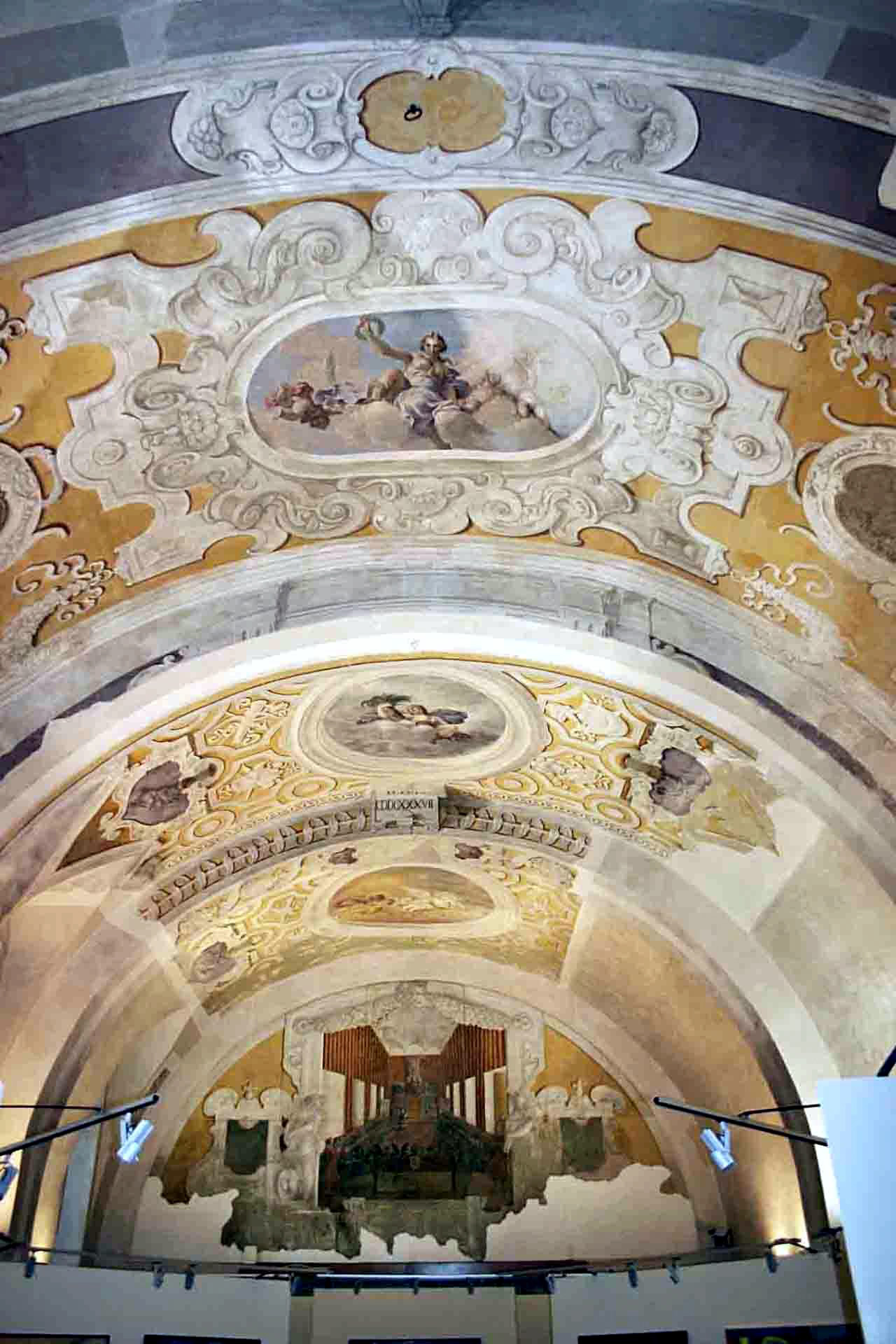
Duke of Montalto Halls
Near the main staircase before reaching the Maqueda courtyard you access to the Duke of Montalto Halls, frescoed during the first half of the seventeenth century by the most talented artists of the time including Pietro Novelli, Gerardo Astorino and Vincenzo La Barbera, to transform the original rooms for summer hearings of the Parliament. At the end of the room, there’s a fresco of Gerardo Astorino showing a meeting of the Sicilian parliament of the seventeenth century. Above the porthole that allows a striking view of the Punic walls, there is a great work by Novelli that depicts Pietro Moncada riding, testimony to the decorative environment, transformed, under Ferdinand III of Bourbon, on project of Venanzio Marvuglia in stables.
-
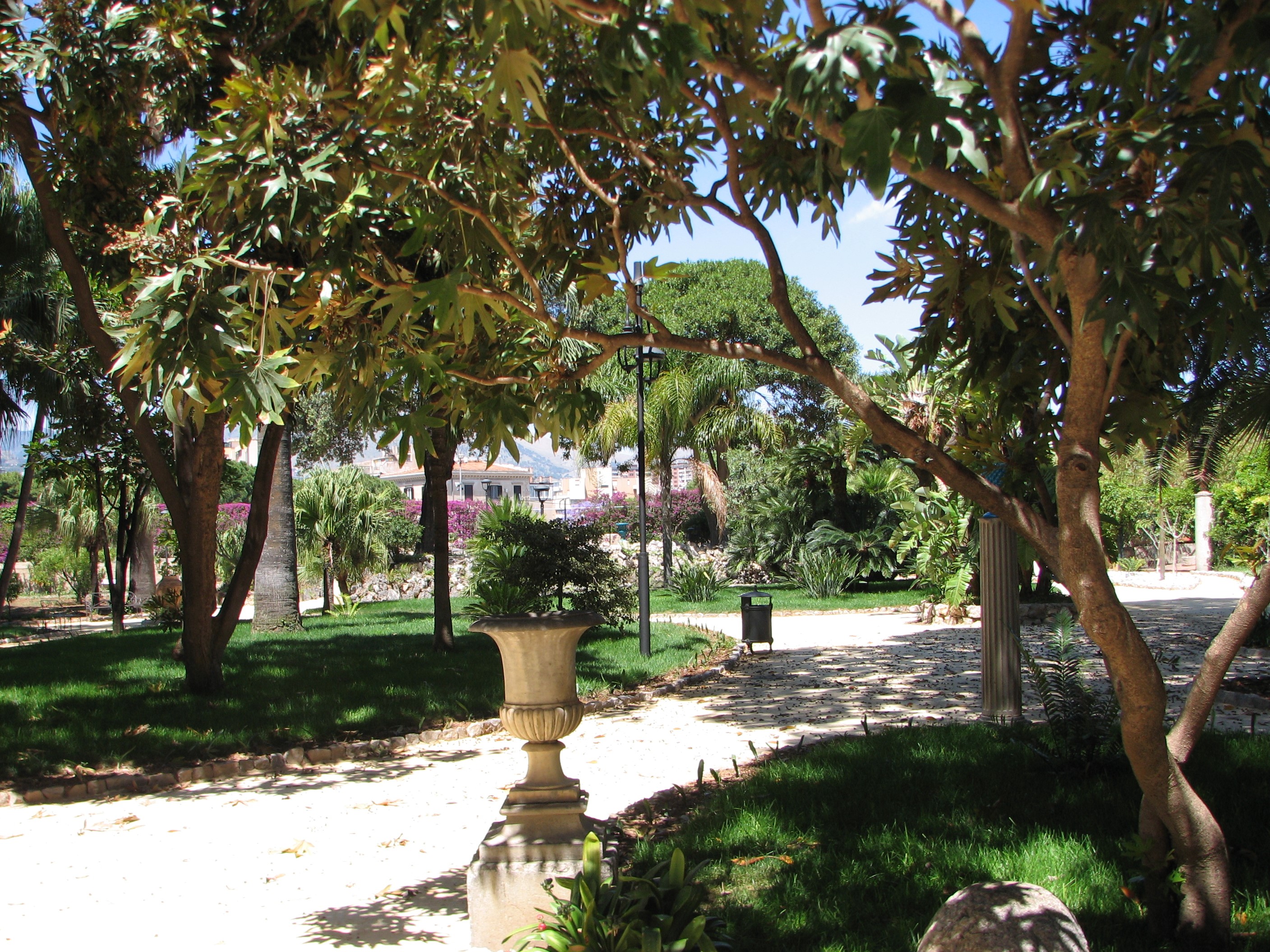
Royal Gardens
Inside the Bastion of St. Peter, part of the defensive reorganization of the city of Palermo in 1560 by Arch. Antonio Ferramolino, there are the gardens of the Royal Palace. The existing garden consists of flower beds with curvilinear edges and several species of subtropical trees, losing the characteristics of the original garden. In the garden there are three Ficus macrophylla, one of which embraces a large Pinus pinea.
 Serial World Heritage Site “Arab-Norman Palermo and the Cathedrals of Cefalù and Monreale” is World Heritage Site. July 3, 2015 the Unesco World Heritage Committee, meeting in Bonn, has entered the site in the World Heritage List with the following reasons: “All the buildings making up the Norman Arabic itinerary represent an outstanding universal value as an example of coexistence and interaction between different cultural components of different historical and geographical origin (cultural syncretism).This phenomenon has created original architecture, in which are admirably fused Byzantine, Islamic and Romanesque, able from time to time to occur in unique combinations, of exceptional artistic value and remarkably unique”.
Serial World Heritage Site “Arab-Norman Palermo and the Cathedrals of Cefalù and Monreale” is World Heritage Site. July 3, 2015 the Unesco World Heritage Committee, meeting in Bonn, has entered the site in the World Heritage List with the following reasons: “All the buildings making up the Norman Arabic itinerary represent an outstanding universal value as an example of coexistence and interaction between different cultural components of different historical and geographical origin (cultural syncretism).This phenomenon has created original architecture, in which are admirably fused Byzantine, Islamic and Romanesque, able from time to time to occur in unique combinations, of exceptional artistic value and remarkably unique”. After his coronation in 1130, Roger II ordered the construction of the Chapel of Palace. It is an architectural and decorative encounter of different cultures and religions, with Byzantine, Islamic and Latin artists. The Church, dedicated to St. Peter the Apostle, has a design in wich Latin and Byzantine coexist, creating a unique architecture anhanced by mosaic decorations. The dome is dominated by an image of Christ Pantocrator, wich is repeated in the central apse. The oldest mosaics illustrate important episodes of the Gospels, in the aisles events from the life of St Peter and St Paul and scenes of the Old Testament.
After his coronation in 1130, Roger II ordered the construction of the Chapel of Palace. It is an architectural and decorative encounter of different cultures and religions, with Byzantine, Islamic and Latin artists. The Church, dedicated to St. Peter the Apostle, has a design in wich Latin and Byzantine coexist, creating a unique architecture anhanced by mosaic decorations. The dome is dominated by an image of Christ Pantocrator, wich is repeated in the central apse. The oldest mosaics illustrate important episodes of the Gospels, in the aisles events from the life of St Peter and St Paul and scenes of the Old Testament. Hercules Hall
Hercules Hall Viceroy Hall
Viceroy Hall Winds hall
Winds hall Chinese Hall
Chinese Hall Roger Hall
Roger Hall Maqueda Courtyard
Maqueda Courtyard Duke of Montalto Halls
Duke of Montalto Halls Royal Gardens
Royal Gardens